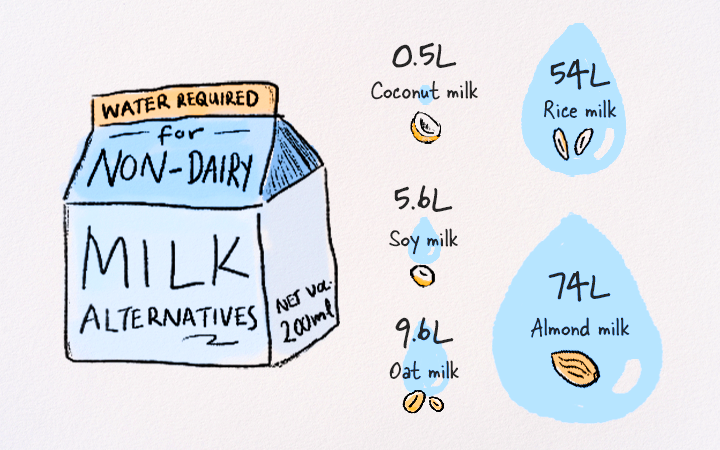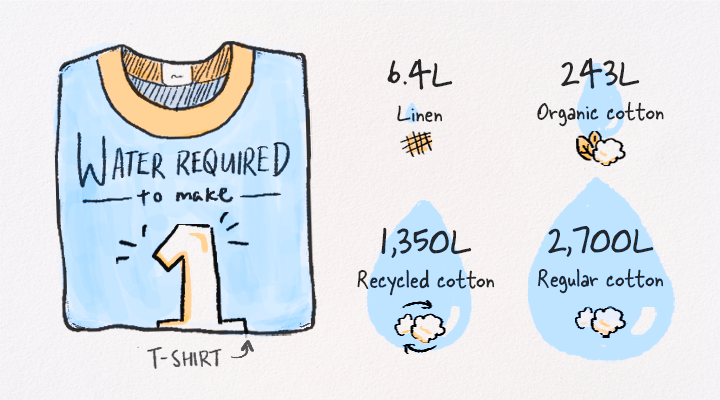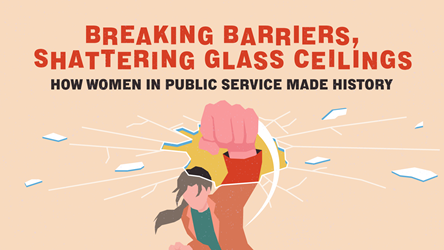Go Blue: Cool Ways To Save Water

From tackling a water supply crisis to meeting our current demand of 430 million gallons of water a day (about 782 Olympic-sized pools), Singapore has come a long way in achieving water security.
With robust diversified water sources and potable tap water, the younger generation might find it hard to imagine the water shortages of the 1960s and water rationing in the 1980s. By 2060, however, Singapore's total water demand could almost double, and the production of water is also an energy-consuming process.
Maintaining sustainable water consumption is still a priority, and everyone needs to play a part. Besides the usual water-saving methods such as using a half-flush in the bathroom and running the washing machine on full loads, here are some creative ways to save water.
Contain the Flow
Your water bill shows how your water usage compares to other households of the same size. In Singapore, those who use more than 40 cubic metres of water a month – about 250 bathtubs – are charged more per cubic metre.
In 2021, each person used about 158 litres of water at home per day, up from 141 litres in 2019. This is likely due to the COVID-19 pandemic as people spent more time working or learning from home, and did more frequent handwashing, showering and cleaning.
Even as Singapore continues to grapple with COVID-19, it is important to ensure that everyone uses water wisely and plays his or her part for a sustainable future.
To reduce your household water usage, purchase more water-efficient appliances and use the free water-saving kit from national water agency PUB. It comprises four thimbles for taps and two thimbles for showerheads, allowing you to regulate flow rates.
It’s also wise to turn off the tap and use a container when brushing your teeth, rinsing vegetables and hand-washing reusable face-masks.

Need for Speed in the Shower
Regular showers for hygiene are more important than ever, but so is using water responsibly. Showers make up the highest water use at home. Here’s how to have a quick refreshing shower that uses water efficiently.
- Grab a waterproof music player. Put on a short fast-paced playlist to set the mood and ’track’ your time spent in the shower.
- Use the high-pressure jet stream to wet your hair more quickly.
- Turn off the shower when soaping.
- Get 2-in-1 products (such as a shampoo and conditioner combo) to eliminate extra steps when showering.
- Use cold or lukewarm water instead. This can help to improve blood circulation, jolt you awake and prevent you from lingering in the shower.
The Dish on Dishwashers
Depending on your household’s needs, using a dishwasher can be more water-efficient compared to hand washing dishes. Washing a full load of dishes all at once with jets and hot water uses less water than keeping the tap running in the sink.
If you’re keen to install a dishwasher, check that the capacity is just right for your household. Get a model with more ticks for water efficiency and the lowest water consumption per use.
As with laundry washing machines, choose the right wash cycle and only use the dishwasher on a full load of cutlery. Follow the instructions for loading the dishwasher to maximise its cleaning efficiency.
Conserve Water at Work
While you do your best to use water efficiently at home, you can do the same in the workplace.
- Report washroom tap leaks and ensure they are fixed quickly. A small leak over a long time wastes more water than you can think of.
- Put up etiquette signs in the washroom and pantry to remind your co-workers to turn off the taps while soaping, and make sure the tap is fully turned off once done.
- Turn off air-conditioning and water features when not in use.
Eco-Friendly Lifestyle Tips to Save Water
Your fashion and food choices also come with their respective water footprint.


Fashion-wise, making one cotton t-shirt requires 2,700 litres of water – that’s three years of the average person’s daily water requirement! Choose organic or recycled cotton if you can, as these options require less water to produce.
Many homegrown brands now offer clothing made with more sustainable fabrics such as bamboo and linen. These materials are great for keeping cool in warm climates – using bamboo bedsheets might help you skip the use of your air-conditioner!
Let us be more conscious of our water usage by inculcating the above habits and do our part to #GoBlue4SG. Find out more about PUB’s “Make Every Drop Count” water conservation campaign.

To get more stories like this, subscribe to the Challenge Telegram channel.
- POSTED ON
Mar 17, 2022
- TEXT BY
Candice Leow
- ILLUSTRATION BY
Lei Ng









